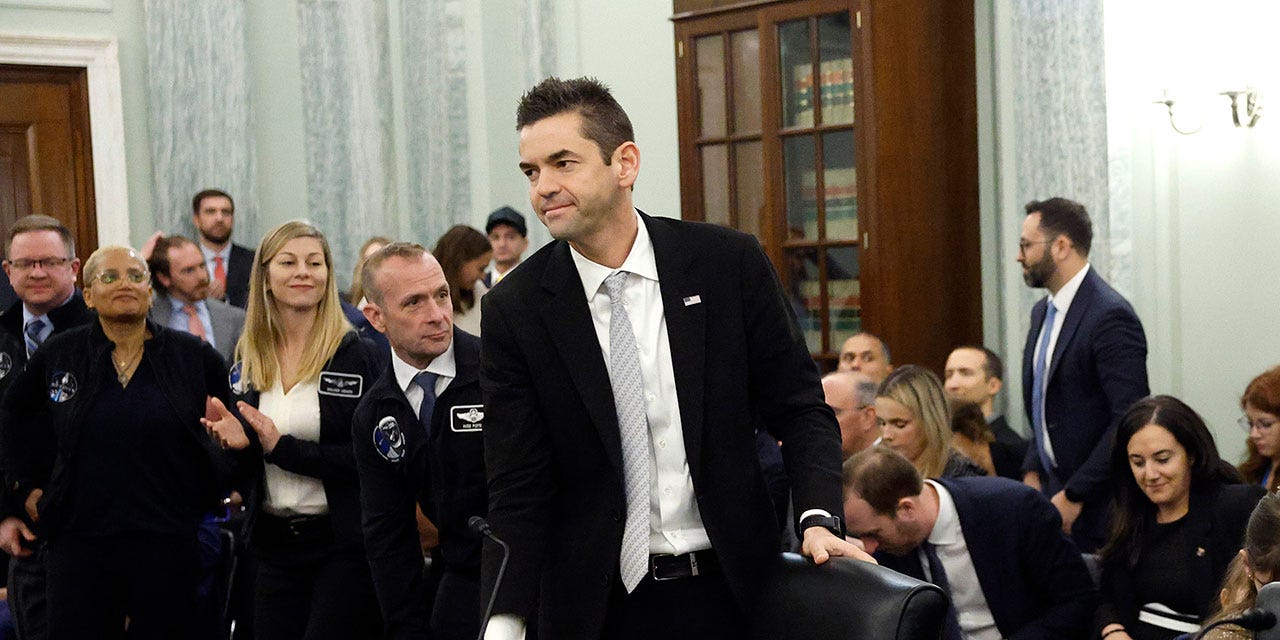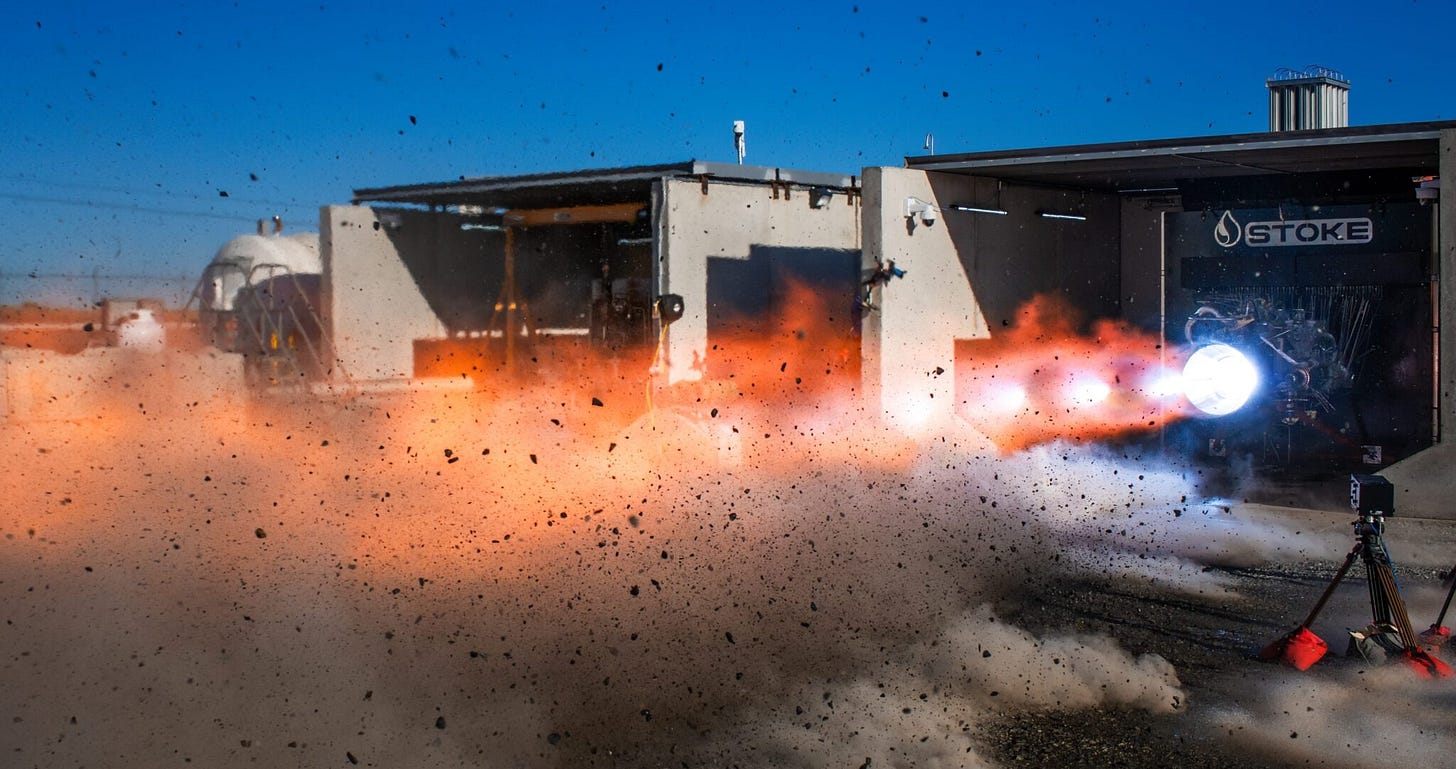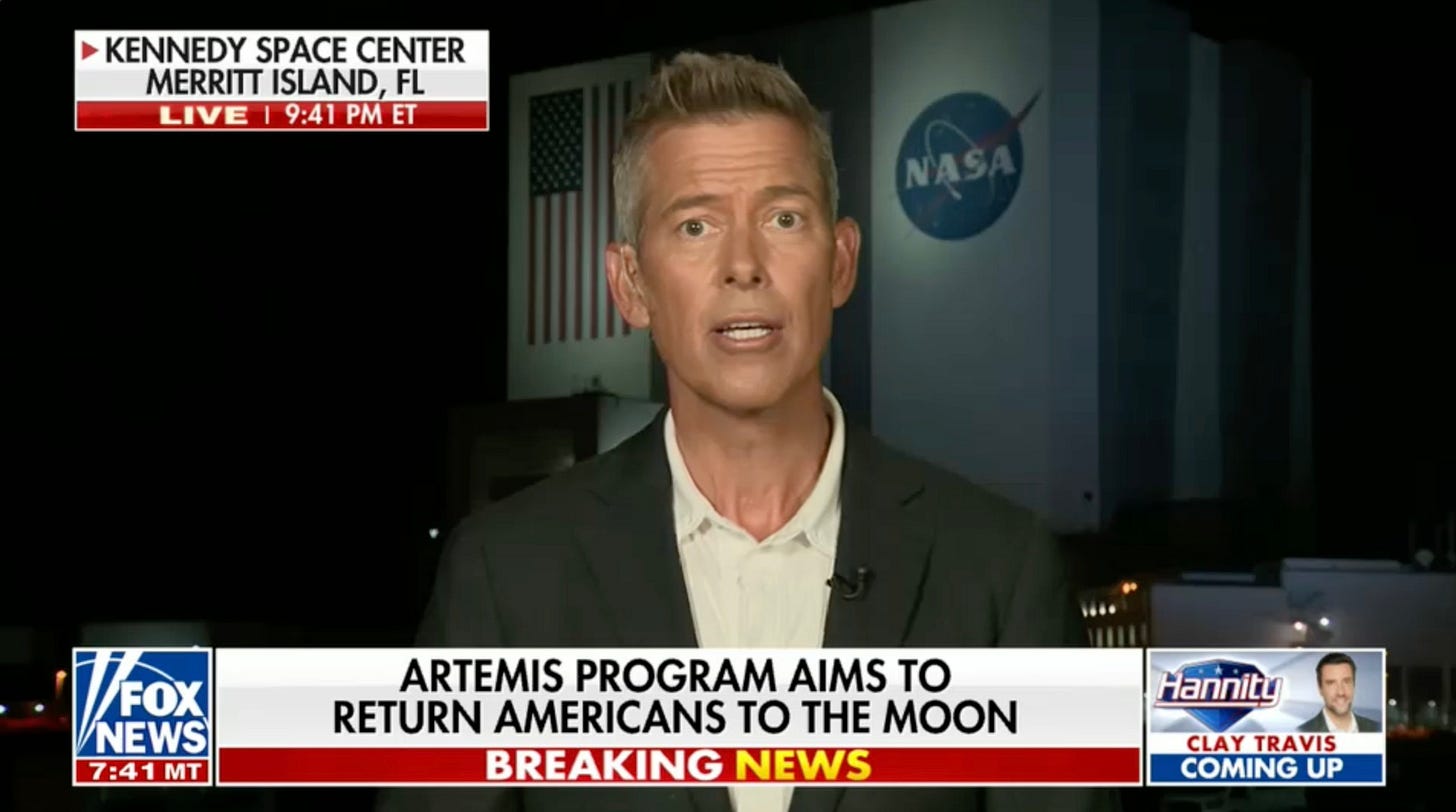This Week in Launch – #4
Isaacman returns, Stoke's half-billion haul, SpaceX sweeps launches, and more
Welcome to the fourth issue of This Week in Launch, a roundup of space-related news posted at the end of each week.
Thank you for joining me! Let’s dive in.
Isaacman has a Chance?
On Thursday, a source familiar with the talks confirmed President Trump has met with Jared Isaacman to discuss another nomination to lead NASA.
The self-made billionaire, fighter pilot, and astronaut stepped down as CEO of Shift4 — the payments company he founded in 1999 at the age of 16 — in March after being confirmed as NASA administrator nominee by Trump in January.

After a fiery back-and-forth between Musk and Trump over government spending, the president pulled Isaacman’s nomination for the post, saying he was a “blue-blooded Democrat, who had never contributed to a Republican before.” Tensions between Musk and Trump have cooled in the months since, but the U.S. space program still faces major challenges.
“Even knowing the outcome, I would do it all over again,” Isaacman wrote about the NASA nomination process in a letter to investors announcing the Shift4 change.
Now, it looks like he gets to do it all over again.
Cautious excitement erupted in the space community upon the news breaking — if it pans out, the USA should expect bolder pushes in exploration and private partnerships.
One Billion Dollars for Stoke
On Wednesday, Stoke Space announced its $510 million Series D funding to scale up its fully reusable Nova rocket, bringing the 5-year-old Seattle-based startup’s total funding to $990 million. The company also secured $100 million in debt from Silicon Valley Bank.
The raise proves Stoke’s lack of a launch (so far) isn’t slowing it down. The significant new round of investment ensures that Stoke will have the resources needed to slog through the upcoming period of development hell, leading to its inaugural early 2026 launch, which is especially important given its ambitious and novel technologies, such as a reusable upper stage and an advanced rocket engine design.
Another accolade the company has locked down: The Pentagon announced in March that it had added Stoke to the pool of launchers who could compete for national security space launch contracts valued at $5.6B.
Houston, We Have a Winner
Last week, the Space Force announced SpaceX significantly outbid United Launch Alliance (ULA) for the agency’s upcoming 2026 launch contracts, winning five of seven missions valued at $142 million each. In comparison, ULA secured two for $214 million each, with a price-per-mission markup of over 50%.
SpaceX and ULA are the only companies with rockets certified by the Space Force to launch the Pentagon’s big-ticket satellites. ULA’s prices for Space Force launches have, for some reason, increased significantly over the last few years. In contrast, the average value of SpaceX’s contracts has remained fairly steady over the same timeframe.
The announcement highlights how single-use rockets, such as ULA’s Vulcan, are hopelessly obsolete in a market where reusable rockets are only bound to get cheaper.
Sky’s (not) the Limit
If you think space is crowded now, you ain’t seen nothin’ yet.
On Monday, the French space consultancy Novaspace released a new report predicting that 43,000+ new satellites will launch in the coming decade, adding to the already exponential increase from ~3,000 satellites in orbit just 5 years ago, to the nearly 16,000 today (~9,000 of which are SpaceX).
But the booming satellite economy is not going to be evenly distributed, nor will it be easy to capture. According to Novaspace, only 7% of the manufacturing market value is open to any manufacturer. In comparison, the vast majority (about 70%) is “nationally captive,” or locked up by government demand and will flow to national primes. The remaining manufacturing market value will remain within companies that’ve chosen vertical integration.
“No One Even Knows We’re Going to the Moon”
Artemis has a PR problem, says acting NASA admin Sean Duffy. According to him, almost no one even knows the USA is trying to return to the Moon. In an exclusive interview with USA Today on Tuesday, he talked about the need to do a better job in giving purpose to NASA and its missions — and communicating that to the American public. A key part of that, he said, is giving Artemis the Apollo treatment.
“I want to be able to run into a Walmart in Middle America and ask a customer, ‘What’s NASA up to?’ and hear them tell me about Artemis.” – Sean Duffy during the interview.
That’s all for this week. Thank you for reading, and if you have not yet, please consider subscribing.
- David





